
First Undergraduate Class Graduates
On May 27th, 2018, under a tent in the Weill Hall courtyard, the Meinig School held its commencement ceremony just as it has for the past 14 years. But this year was different: the tent was bigger, the program a few pages thicker, and the ceremony longer.
In addition to celebrating the Ph.D. and M.Eng. candidates receiving diplomas, Meinig School faculty, staff, friends and families also cheered the 19 members of the School’s first class of undergraduate majors. “This day is the product of a decade-long process,” said professor and undergraduate director Jonathan Butcher in his address at the undergraduate ceremony. “These first undergraduate biomedical engineering graduates represent the culmination of over 10 years of vision, planning and execution across Cornell University.” He was referring to the process of bringing the biomedical engineering (BME) undergraduate major to Cornell. But for the full story, you have to go even further back than that.
Origins
It began with Michael Shuler. In the mid-1990s, the Samuel B. Eckert Professor of Engineering, now emeritus, sought to develop a rich, internationally-recognized research program in biomedical engineering at Cornell. Under Shuler’s leadership, the graduate field of biomedical engineering was created in 1997. In 2004, he founded the Department of Biomedical Engineering, and served as the James and Marsha M. McCormick Chair for 10 years. Although the initial focus was on graduate-level programming, just three years after the department was founded it became clear that incoming engineering undergraduate students were looking for a major in BME.
“College administrators and faculty were telling us that many engineering students would have majored in BME if they had the option available,” said professor Lawrence Bonassar, one of the first BME faculty members.
So, in 2007, the first discussions began to explore an undergraduate BME major at Cornell. Early on these discussions included Pete Meinig, then a member of the Board of Trustees.
“Pete was very supportive and intrigued about the possibility of an undergraduate program,” remembers Bonassar. “His enthusiasm bolstered our resolve to embrace undergraduate education as part of the department’s mission.”
Initial planning began in 2008. Butcher recalled the "long, deliberate process" that followed "of deciding what we wanted the program to be and what kind of graduates we would produce.” The developed plan laid out a program that maintained the department’s initial vision for graduate research and education, focusing on a quantitative, multi-scale understanding of physiology and pathology. The plan also integrated application- and concept-driven coursework across a core curriculum with options for four concentrations—biomaterials and drug delivery; instrumentation and imaging; biomechanics and mechanobiology; and molecular, cellular and systems engineering—that were reverse-deigned from a survey of post-collegiate engineering positions in the biomedical technology space.
After seven years of planning, and with the support of college and university leadership, the BME faculty submitted a major plan to the College of Engineering in 2013. The plan was approved by the College in 2014 and was granted NY State accreditation in June 2015. Also in June 2015, the Meinig Family announced a $50M gift to expand the department into the Nancy E. and Peter C. Meinig School of Biomedical Engineering, just in time to meet the increasing demand from students. In fact, a 2015 survey confirmed that 60 percent of the incoming engineering freshman class had an interest in biological applications of engineering. With all the program approvals met, thus began a summer of frantic curriculum planning and implementation to begin affiliating students that fall.
“Every process and associated documents required for the major—including affiliation requirements, flow charts, enrollment checklists—had to be created in a few months,” said professor and current Meinig School director Marjolein van der Meulen. “Because of uncertainty regarding the state approval process and final form of the curriculum that would be allowed, we could not start these activities earlier.” As associate director, Jonathan Butcher led the development of these “nuts and bolts” so that the long-awaited undergraduate major in biomedical engineering could begin affiliating sophomores into the program in fall 2015. “Jonathan’s contributions to our new major design and curriculum implementation have been immense,” said van der Muelen.
Jordan Harrod ’18 was thrilled when news broke that Cornell would offer an undergraduate major in biomedical engineering. “[BME] was actually the major I wanted to study when I applied to Cornell, but since it wasn’t offered at the time, I had planned to be a BEE major with a BME minor. Once the department announced that the undergraduate program would be starting my sophomore year, I immediately switched over.”
After a semester working out curriculum logistics with students and the college, the Meinig School welcomed Harrod as one of 19 affiliated sophomores to the inaugural class in January 2016. And those students hit the ground running.
Work in Progress
Of course there are bright spots and challenges to being the first class of a new major. From a faculty perspective, one challenge came in advising and scheduling for those first students. “The process required that we couldn’t advertise this major to incoming students until its final approval,” said Butcher, “which required students to rapidly reorient their courses to meet affiliation requirements once approved.”
Butcher also recalled some scheduling snafus and the challenges of presenting 3rd-year courses meant to prepare students for 4th-year courses that hadn’t been fully designed yet.
"It was a bit like running a startup,” says van der Meulen. “Students gave more feedback than usual, and had a hand in finessing the program’s design.”
And what do the first graduates say of their experience? A survey turned up some themes. One was in regards to the curriculum’s application-focused nature. “Working in the new design lab spaces has been incredible,” said Julia Telischi. “All of the labs in my BME courses have given me exposure to currently used research techniques and real-world applications of my coursework.”
Erica Sadler agreed. “There’s a strong focus in our classes about being hands on, so I’ve gotten to perform many experiments and projects on my own rather than just learn about them in a classroom setting.”
Also of note was the value of the curriculum’s requirement to explore BME sub-specialties. “It made me see some things I would never have tried,” said Elizabeth Weiss, a Hunter R. Rawlings III Cornell Presidential Research Scholar, “[and] helped me explore other areas of BME, which led me to realize I would like to pursue Ph.D. research in imaging.”
Of the senior design course, her favorite of the program, Allison Byrne said, “My team and I had the opportunity to work with a neurosurgeon from Weill Cornell Medicine in an effort to improve the current immobilization methods for patients undergoing stereotactic radiosurgery. It was exciting to apply what I have learned over the past three years to a project with real significance.”
By far the most cited positive from students was the sense of community and support that grew out of being part of the first class. Rohan Roy was surprised by the close interactions he had with graduate students in the major, who “really served as mentors and helped tremendously with coursework and career decisions. I am thankful for the close community.”
“The small class size and the relationships that have grown out of being a part of something new is something I truly appreciate,” said Margaret Hale.
But this appreciation is two-way.
“This was an incredibly motivated group of students,” said Ryan Sauve, undergraduate coordinator for BME, of the School’s first class. Within their first semester, Sauve remembers, members of the class founded Cornell’s inaugural undergraduate chapter of the Biomedical Engineering Society (BMES). Like the previously established graduate chapter, the organization brings members together as a community for social, outreach, policy, and extracurricular events, adding another dimension to the program.
Another example of this group’s drive is their success translating class projects into real-world conversations. Students in associate professor Chris Schaffer’s science policy boot camp turned a class discussion into an op-ed article on utilizing artificial intelligence for health care.
The article was published on Syracuse.com shortly after graduation.These students are already receiving accolades for their work. At this year’s design project showcase and industry-engagement day, an event at which industry representatives evaluate student projects in a shark-tank style competition, an undergraduate team won first place for both the pitch and design competitions for their presentation on an accurate, user-friendly system capable of monitoring mouse heart rate, respiratory rate, and temperature under anesthesia.
“I was impressed by the exceptional quality of our undergraduate seniors,” said M.Eng. director and professor of practice Newton de Faria, who organized the event, of the winning team. “These are well grounded and well-rounded engineers capable of taking initiative executing on complex engineering design processes.”
But you don’t have to take de Faria’s word for it. In fact, the program’s value was reflected in its national ranking. Before a single student had even graduated, the Meinig School debuted at #20 in the US News & World Report’s 2017 undergraduate BME programs listing.
Much of the credit for this success, says Butcher, goes back to Mike Shuler’s vision. “We can thank [Mike] for appropriate phasing of the program. The Ph.D. and M.Eng. programs were already established so that undergraduate major is the crowning achievement of the program, fruit from building a strong faculty, research, and pedagogy.”
Outlook
Whether it’s the students or the faculty that make a program, likely a combination, one thing is for sure: BME’s first B.S. graduates are going places. But where are they going? As far as career outlook, says Sauve, they are “pretty evenly split between industry, pre-med, and further graduate study.”
As far as the future, the program is slated to grow, with 50 students comprising the class of 2020. No matter what the future brings, this first class has made its mark on the program.
“As faculty, we are very proud of the work these students have put in as they have grown with us in this new experiment,” said Butcher at the commencement ceremony in May. “We are also very thankful to their parents, relatives, and friends, who have also supported these students through many long nights. These young men and women have achieved greatly.”
“We are really fortunate to have such an incredibly talented first graduating class,” van der Meulen agreed. “As the first, this group is special. They have set a high bar that will be standard for years to come, not only for academics but also for engagement. We couldn’t be prouder. I look forward to hearing about their future successes at reunions.”
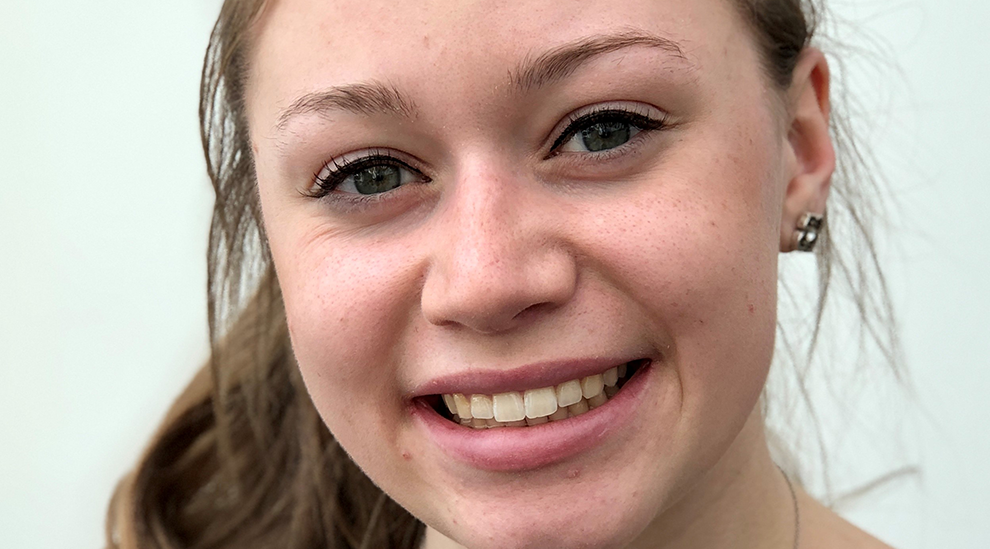
Spotlight on Graduates: Allison Bryne
Hometown: Basking Ridge, N.J.
Why BME: My favorite subjects were always math and science and I wanted to pursue a career in a discipline that would allow me to use these passions to help others.
What's next: A Master of Engineering (M.Eng.) in biomedical engineering at Cornell.
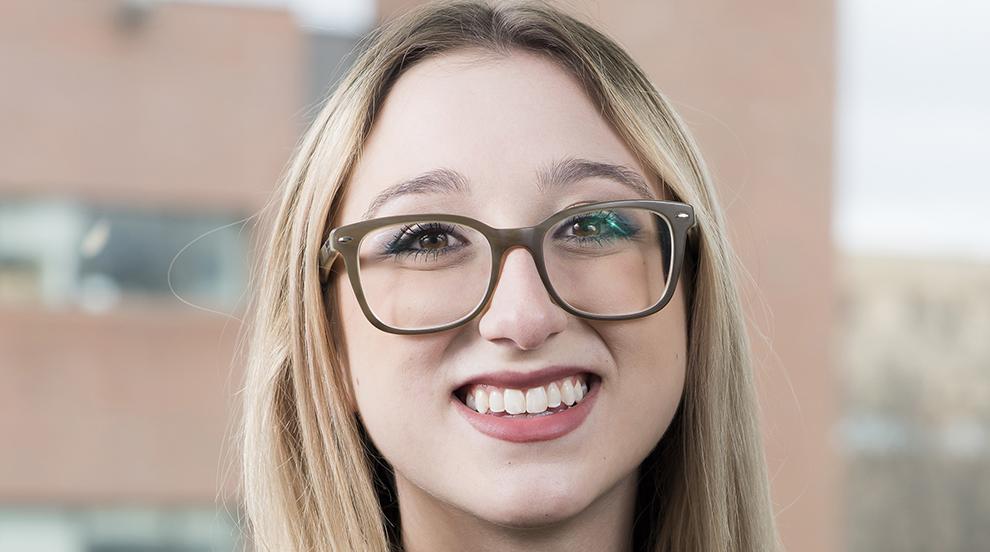
Hannah Childs
Hometown: Seaville, N.J.
Why BME: I get to experience all of the best parts of physiology and human health, from the macroscale to the nanoscale perspective, and I am not limited to textbooks in my learning.
What's next: M.S./Ph.D. in Biomedical Engineering at Columbia University.
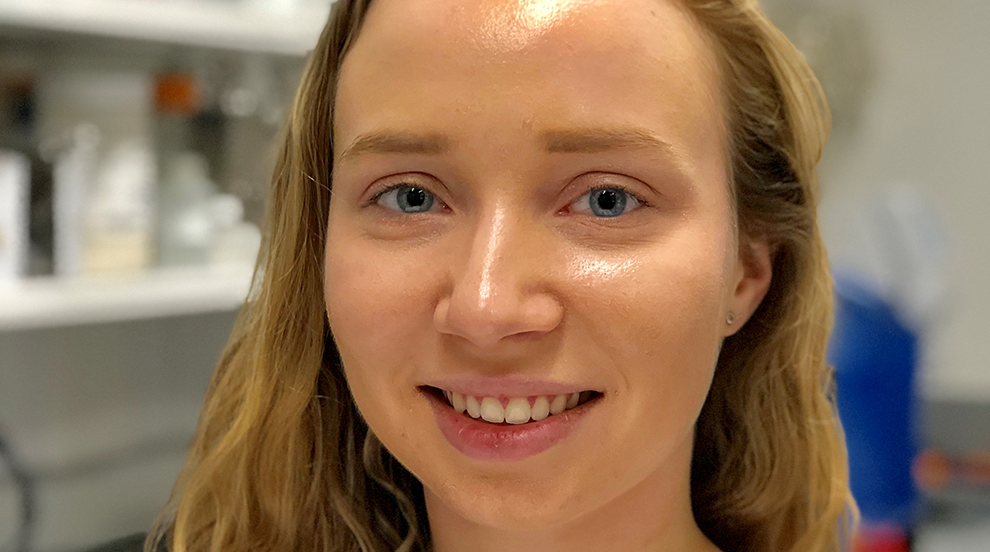
Erica Sadler
Hometown: Columbia, M.D.
Why BME: I knew I wanted to be pre-med, but I have always loved math and enjoyed a high school coding class. I felt like BME would be the best path to incorporate all my interests.
What's next: A two-year research position through the NIH's post-baccalaureate program. Then I'll apply to M.D./Ph.D. programs.
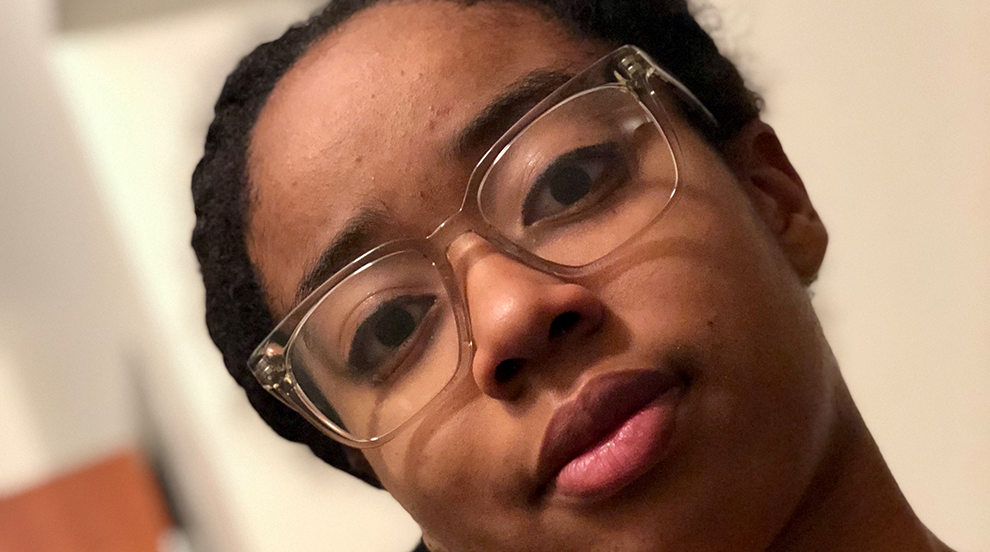
Jordan Harrod
Hometown: Montclair, N.J.
Why BME: I've always been interested in medicine and engineering but wasn't sure that I wanted to be a doctor, so I decided BME was the best way to combine them.
What's next: A Ph.D. in medical engineering & medical physics at Harvard-MIT Health Sciences & Technology as a GEM Fellow.
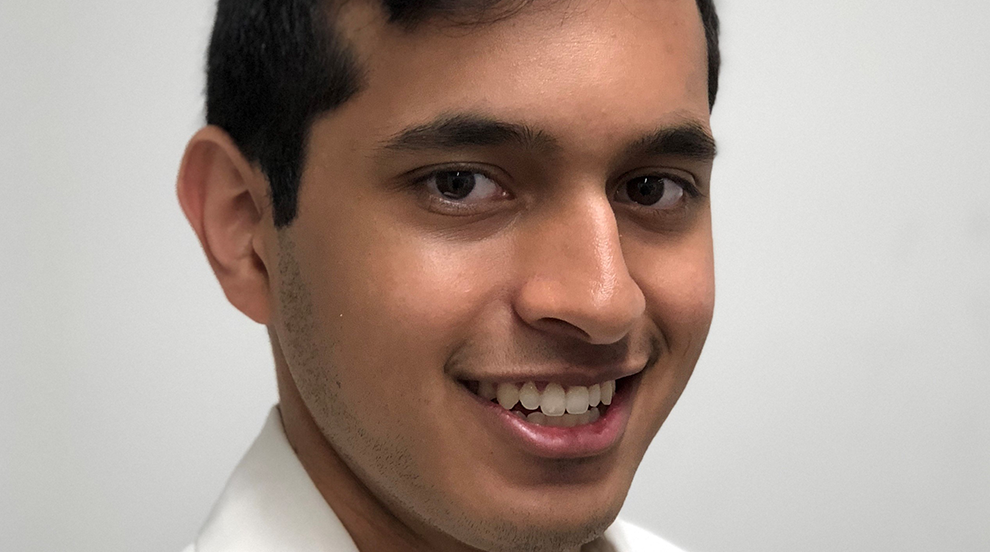
Rohan Roy
Hometown: Cheshire, C.T.
Why BME: I have always held a fascination with biology, and I felt like biomedical engineering is a new field with a lot of potential. I wanted to use my engineering skills in a way to directly improve the health of patients.
What's next: An M.Eng. degree at Cornell and applying to M.D./Ph.D. programs for matriculation in 2019.
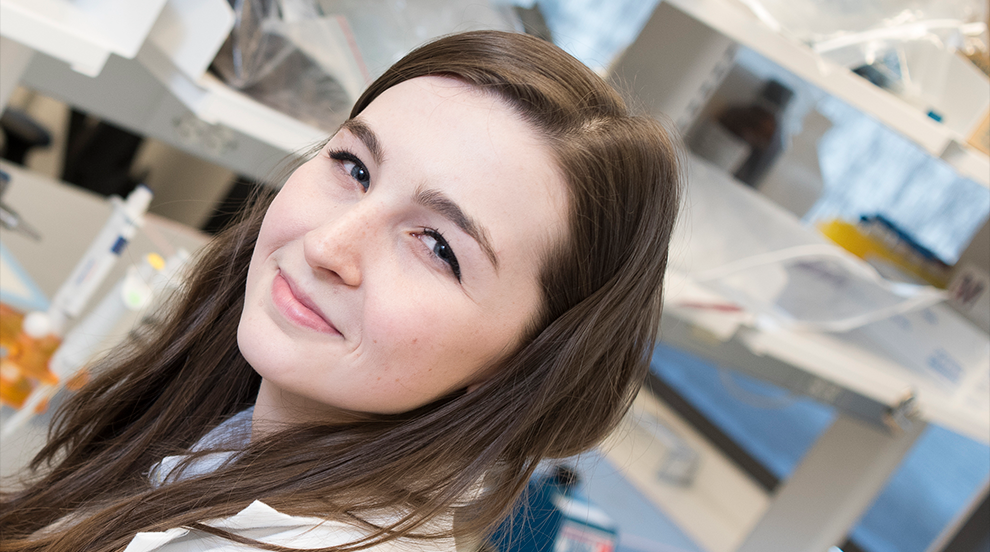
Elizabeth Weiss
Hometown: Capron, I.L.
Why BME: I really value having relevant applications that are interesting to me presented with course material, and I felt BME was best suited for offering me that.
What's next: M.D./Ph.D. program at Northwestern with the plan of attaining a Ph.D. in Biomedical Engineering.

